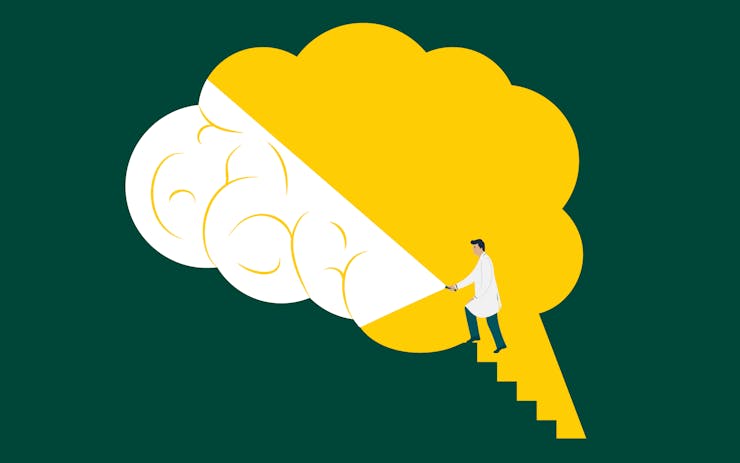The endocannabinoid system is a system of receptors throughout the brain and body that respond to compounds in cannabis like THC, resulting in a range of different subjective and therapeutic effects. Our bodies naturally produce molecules called endocannabinoids which bind to these receptors, though cannabis also interacts with them. Researchers believe the endocannabinoid system’s primary function is to maintain balanced functioning in our bodies and to regulate signaling in the brain.
“They should really be teaching students about the endocannabinoid system in medical school.”
“I wonder if my endocannabinoid system is in balance.”
What is the endocannabinoid system?
The endocannabinoid system refers to a biological system of receptors (called endocannabinoid receptors), molecules (called endocannabinoids), and enzymes. It was first discovered and studied in the late 1980s and early 1990s. Our bodies naturally produce endocannabinoid molecules, but similar molecules are also found in cannabis, called cannabinoids. When inhaled or ingested, these cannabinoids—like CBD and THC—interact with the endocannabinoid system to produce the many different effects cannabis has to offer, including enjoyable euphoria and pain and inflammation relief.
There are two primary types of endocannabinoid receptors found throughout the brain and body: CB1 receptors and CB2 receptors. CB1 receptors are heavily concentrated in the brain, while CB2 receptors are more abundant in other areas of the body, like the immune system. However, both types are found throughout the body. These are the two most widely studied cannabinoid receptors, but there are other types in the body as well.
What does the endocannabinoid system do?
The endocannabinoid system is believed to play a role in regulating a variety of human functions including sleep, appetite, memory, mood, reproduction, and pain sensation. It does so by maintaining homeostasis—a state of specific conditions in the body that allow for optimal cell functioning. When these conditions fall outside the normal range, cells cannot perform at optimal performance. Our endocannabinoid system is what helps our bodies maintain that healthy, balanced functioning.
The molecules in cannabis are similar to those found in our bodies, which is why cannabinoids like THC and CBD can have therapeutic effects for a wide variety of medical issues.
How do THC and CBD affect the endocannabinoid system?
Cannabinoids in the cannabis plant, like THC and CBD, interact with our endocannabinoid system. Different cannabinoids can have different effects because they interact with this endocannabinoid system in unique ways.
For example, THC makes us feel high because it binds readily to CB1 receptors which are abundant in the brain. CBD, however, does not behave in the same way as THC, and that’s why we don’t feel high when we consume it. Cannabinoids do not affect just one receptor type—they interact with many, resulting in distinct effects.
